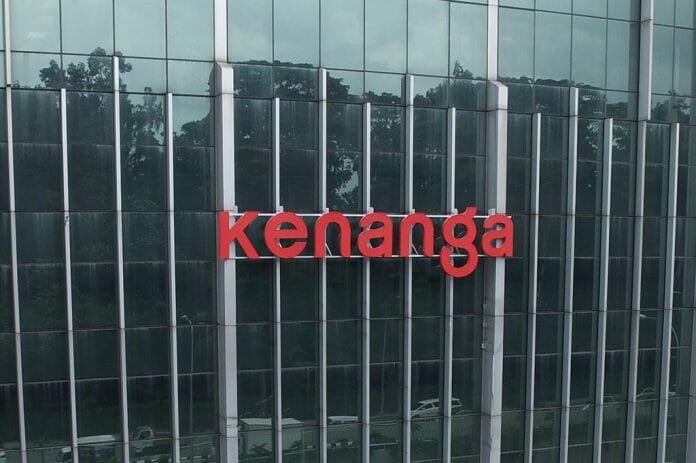DOSM’s latest report showed that the Manufacturing Purchasing Managers’ Index (PMI) fell to a five-month low in June (47.7; May: 47.8) It remained in contraction (below the neutral level: 50.0) for the tenth consecutive month or since September 2022. The weakness in the manufacturing industry is mainly due to subdued demand conditions that led to low output, in line with the downtrend in external trade.
Weak demand conditions led to a further slowdown in output production: New orders moderated for the tenth straight month and the steepest slowdown since January due to muted demand and weak client confidence. Similarly, new export orders fell further and at the steepest rate in four months. Consequently, output levels fell for the tenth straight month and at the steepest pace since January 2023.
Cost pressures persist on high input cost: Input costs increased for the third straight month in June due to the increase in the cost of raw materials and partly due to a weaker Ringgit that led to higher prices for imported items. However, output prices fell for the second straight month, with the reduction in prices being the sharpest since April 2020.
Also, business sentiment softened to the lowest level in nearly two years, but the outlook remained positive. The degree of optimism fell to the lowest since July 2021 as firms are concerned about the timing of recovery. Nonetheless, Kenanga said respondents were still optimistic, hoping demand would pick up in the 2H23.
Across the globe, manufacturing conditions among major economies deteriorated in June − US (46.3; May: 48.4): flash manufacturing PMI fell to a six-month low, reflecting a further deterioration in the manufacturing sector due to weak demand conditions. − China (50.5; May: 50.9): Caixin Manufacturing PMI down slightly but remained above the neutral level for the second straight month, reflecting a stable manufacturing condition despite the looming risk of economic slowdown.
Looking ahead, the house projects 2023 GDP growth to maintain at 4.7% (2022: 8.7%), with 2H23 growth to moderate sharply − Despite PMI’s tenth consecutive month of decline, the average reading in 2Q23 (48.1) is still relatively better than 1Q23 (47.9), albeit slightly, indicating that manufacturing conditions improved during the quarter. This aligns with the house’s expectations that economic growth in the 2Q23 remained resilient and most likely to expand by 6.0% compared to 5.6% in the 1Q23.









